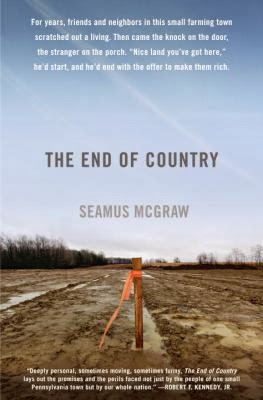Well, we finally did it. For years we had wanted to show our
three kids parts of Canada other than our own. They’d enjoyed the frequent
drive from the concrete jungle of the GTA to the Canadian Shield on the way to
my father’s cottage since they were babes. However, my husband and I wanted
them to see more; to smell, touch and experience the varied landscapes that
make up our country, their country.
We wanted them to hear Canada’s other official language spoken unhesitatingly in
different accents. Our budget was small. It would have to be a camping
expedition, so our combined health, and development (our youngest is 3), would
have to be strong and capable, at least at the departure! This was the year.
East we went.
I like to recall the trip through their eyes. They were the
inspiration for it, after all. What do they remember? Water was a major theme,
since it was alongside us for most of the trip. We tracked sightings of the
great St. Lawrence River, from Brockville to Quebec City, and further east along
the TransCanada, watching it widen and begin to develop tidal flats when the
ocean began to change its river-nature. We watched the seafaring boats venturing
inland as we traveled toward the ocean.
Other waterways earned starring roles in our journey, too. We
drove through Jacques Cartier National Park, just north of Quebec City, while
listening to the Magician’s Nephew audiobook, breathlessly watching the
tree-covered mountains rise from the Jacques Cartier River as we were read the
same view from the creation of Narnia. As
we turned south into New Brunswick, we hooked up with the Saint John River,
traveling through several covered bridges, the longest by foot, and looked in
vain for a chip wagon in the French Fry Capital of the World, otherwise known
as Florenceville, NB. At Hopewell Rocks in
the Bay of Fundy, a new rule emerged on our adventure: all bodies of water
require barefooted testing. This was a messy, but apparently necessary,
development. Messy also was the other persistent water that followed us, as it
fell from the sky and into every cranny of our camping equipment. Unfortunately that also introduced new odours
for our kids to experience and they weren’t pleasant ones!
Our children became connoisseurs of shorelines. There was
the crumbly red shale along the St. Lawrence, which is great for skipping; in New
Brunswick, Parlee Beach’s off-white fine sand was home to tiny scurrying crabs;
Hopewell had pockets of gluey mud, slippery rocks and sharp stones on its ever-changing
beach. Over the ocean bridge to PEI, we
discovered more kinds of sand: coarse paprika sand at Cabot Beach; fine light
brown-sugar sand at Cavendish (if you covered your legs in it, my eldest
discovered you looked like shake-and-bake chicken). The kids scaled the rocks
at Peggy’s Cove, along with hundreds of other tourists, but didn’t attempt to
do the barefoot water test, much to their mother’s relief!
There were tastes and smells that were new for our children,
too. Eating food from the water was frequently discussed but timidly tried,
like small samples of their parents’ lobsters and sips of big sister’s
delicious seafood chowder. The ferry to New Glasgow, Nova Scotia, let them feel
the ocean wind and smell the salt. They
almost happily tried turnips and molasses cookies for lunch at the French fort
in Louisbourg! However, Mom’s bannock, fried
on a skillet at the campsite, was not as appreciated by the younger Maritime
adventurers as even the more exotic fare.
Coming home, back to landlocked central Ontario, we had one
more beach to experience: the freshwater wonderland at Sandbanks Provincial
Park near Picton. There were no crabs or red Cavendish jellyfish but there were
plenty of clumpy algae that clung to our hair and the insides of our bathing
suits, and lovely big warm waves in which to play. My three-year-old son still
asks when we are going “back to the beach”, which sometimes means Parlee Beach
“with the baby crabs” or Sandbanks, which he proudly calls by name. And, as my middle daughter cranks up her
beloved Great Big Sea songs, I wonder, too: when?
2010






